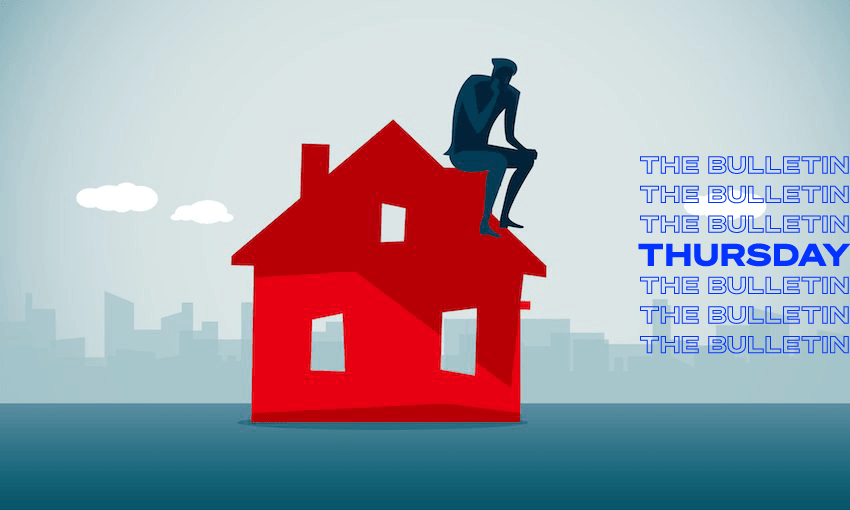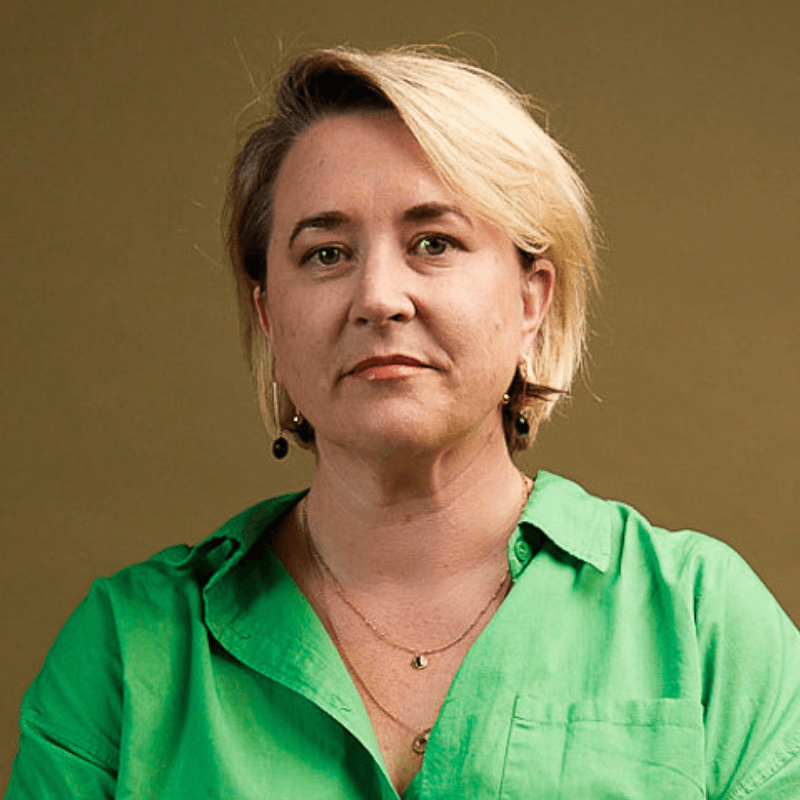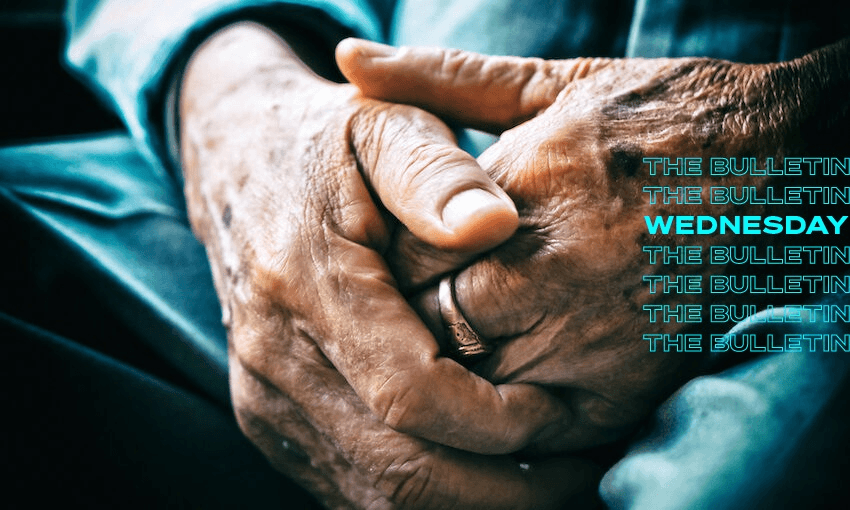A year ago, the overpriced housing market was the number one concern for New Zealanders. Now, it’s “doom and gloom” as prices fall. One economist says falling prices should be a relief, writes Anna Rawhiti-Connell in this excerpt from The Bulletin. To receive The Bulletin in full each weekday morning, sign up here.
The difference a year makes
Congratulations everyone, we’ve made it to the last month of the year. And what a difference a year makes. An Ipsos poll had the price of housing at the top of the list of things most concerning us in October last year. The national average house price climbed over the million dollar mark in November 2021. Building consents hit record highs in September that year. According to Stats NZ figures released yesterday, October 2022’s residential housing consent numbers were the lowest they’ve been this year, (apart from quiet January). New figures out from Corelogic this morning have the national average house price at $958,622 for November 2022.
Forecast drop in prices “a relief” – economist
As a new-ish homeowner who plans to never move again, I still have enough muscle memory to recall how hopeless it felt last year. Taking into account the general rule about the correlation between house prices and how wealthy we feel, rising interest rates and broader talk of a recession, the prolific doom and gloom headlines about falling house prices can still feel a bit odd to me. ANZ chief economist Sharon Zollner said something yesterday that I feel like we haven’t heard much off and that’s that most New Zealanders will see a forecasted drop in house prices as a relief. The bank’s wage adjusted forecast house price drop of 32% would bring us to 10% below pre-pandemic levels.
The generational wealth gap
New research out today from economist Shamubeel Eaqub continues to point to a big generational wealth gap. A child born in 2000, will earn on average $50k less over their lifetime than someone born 30 years earlier. “We told ourselves that increasing house prices was a good thing and just let it happen without building enough houses. We chose to massively underinvest in social housing so that people that become poor become homeless. We made our children poorer,” says Eaqub. Even as prices fall, debt-servicing costs rise. Saving for a home deposit is 19% harder than it was five years ago but is improving according to a new online tool released last week by the Ministry of Housing and Urban Development.
Mixed bag for renters, those needing social housing and iwi
Homeowners aren’t the whole of the picture when we discuss housing in New Zealand and it’s a mixed bag at the moment for renters, those on the public housing waiting list and iwi wanting to develop housing on ancestral land. Rents rose by 4.1% nationwide in the year to October but there are signs growth in rent prices is easing. The number of people on social housing waiting lists has fallen by just under 7% in six months. And here’s a good news story to end from Stuff’s Te Aorewa Rolleston. Matamata-Piako District Council is proposing to make changes to its district plan to enable papakāinga to be developed in the area more freely.



